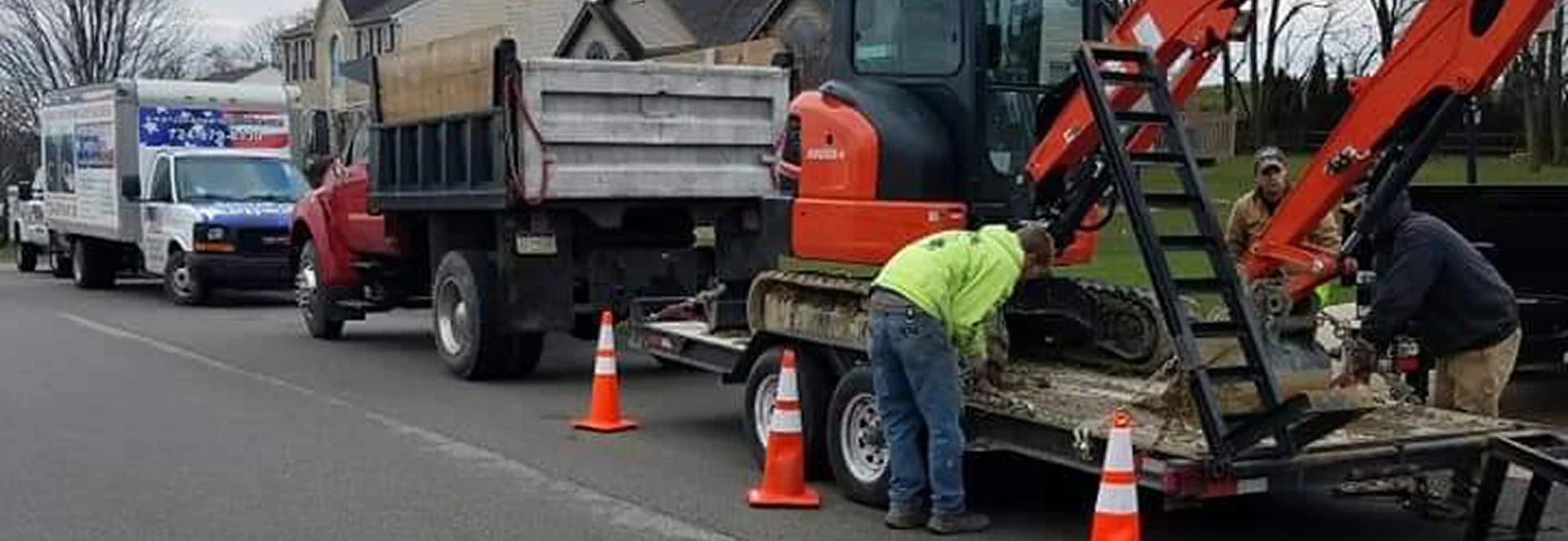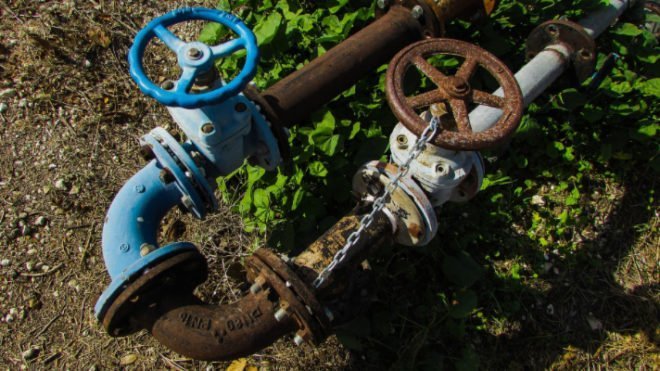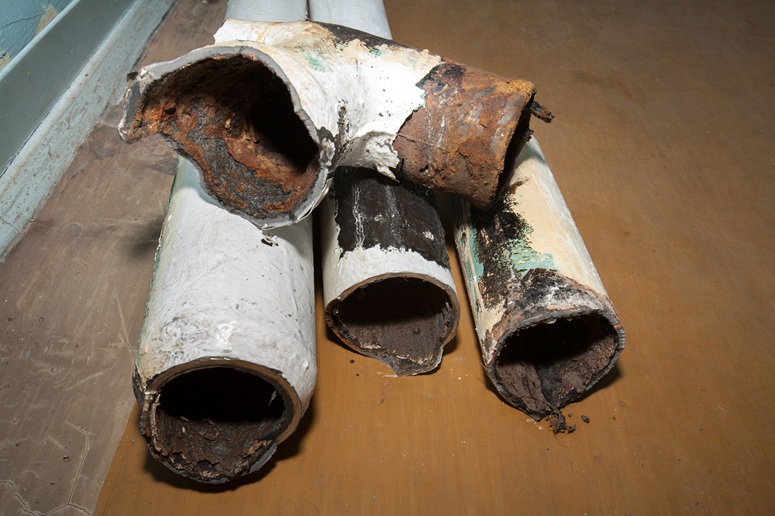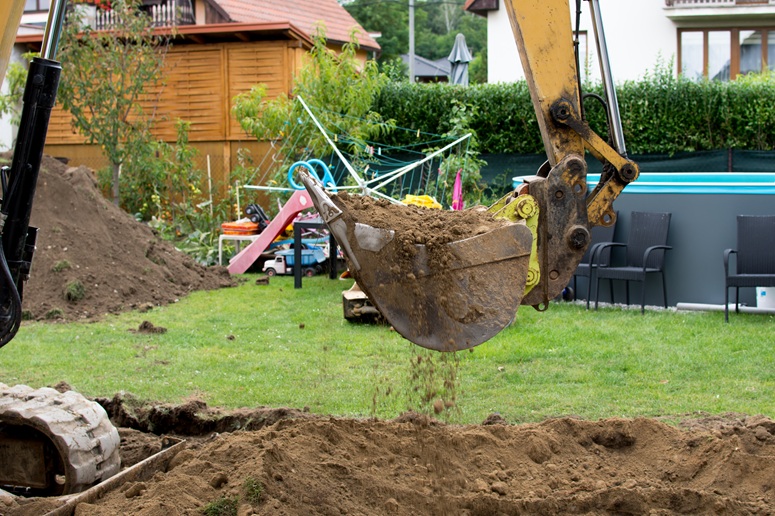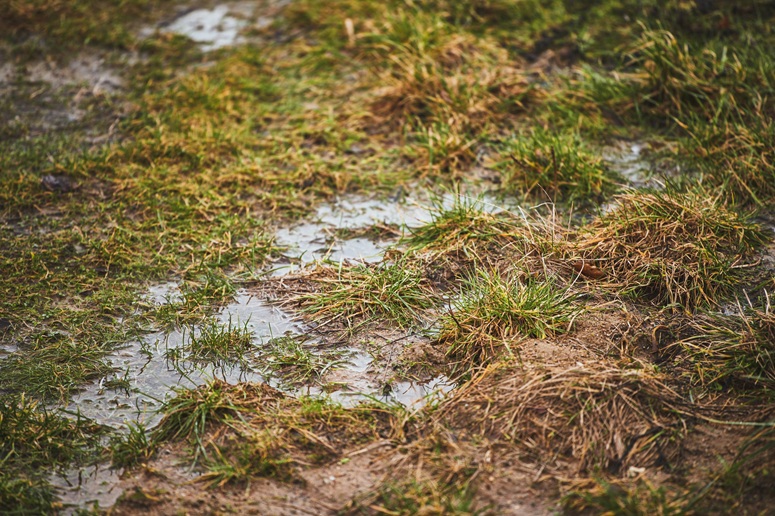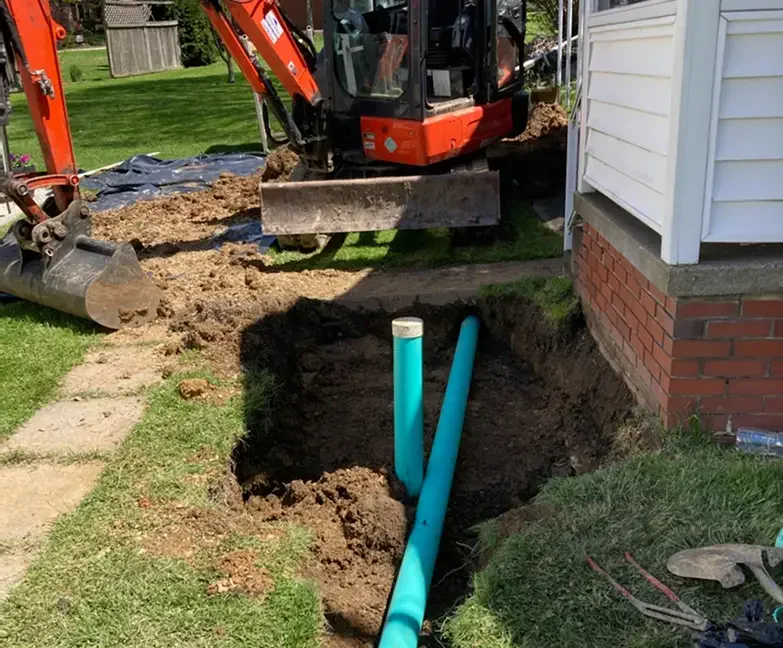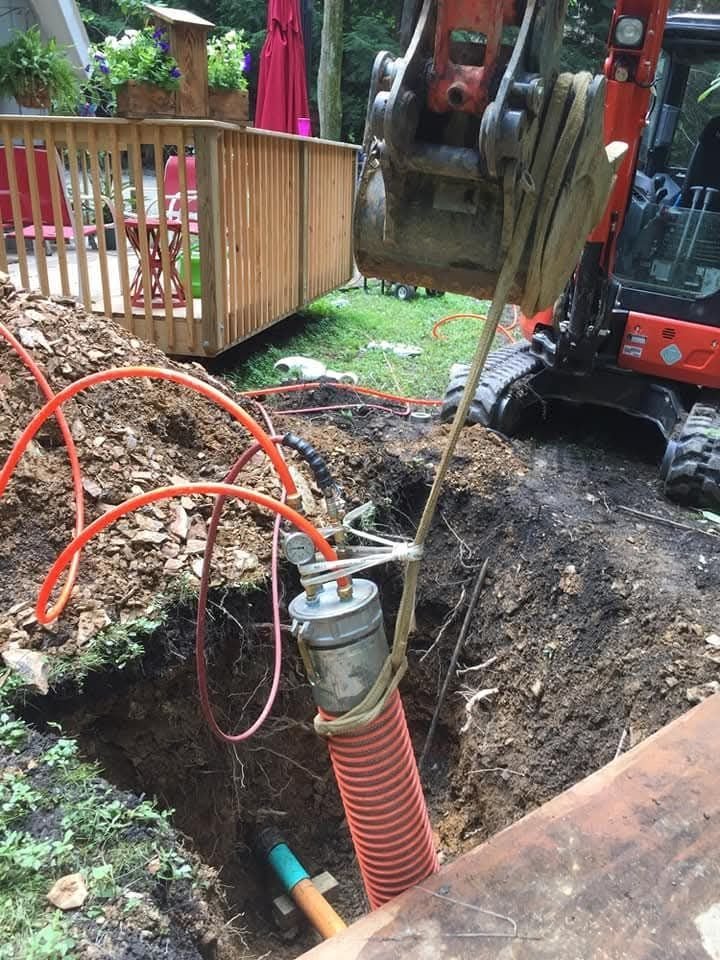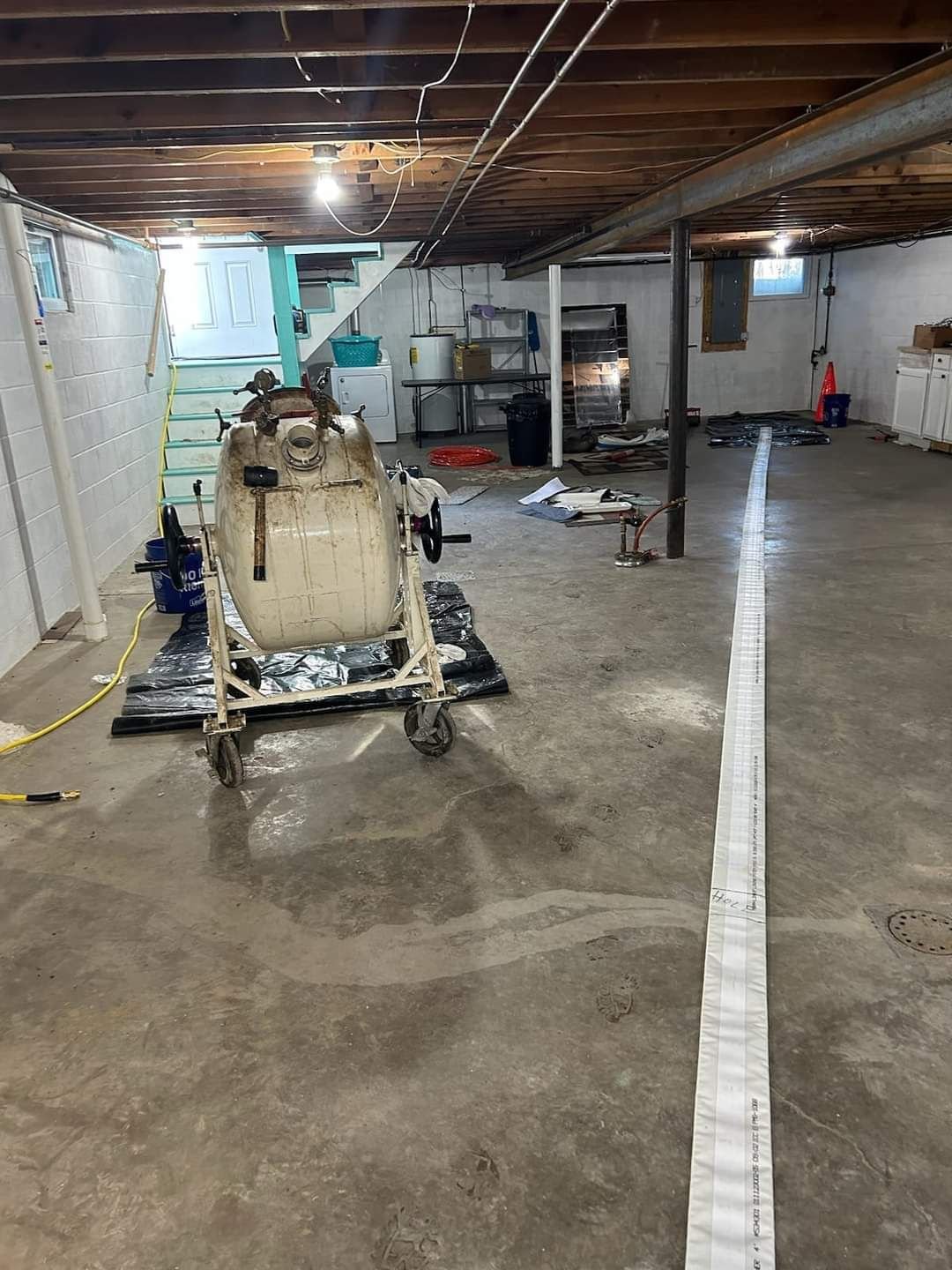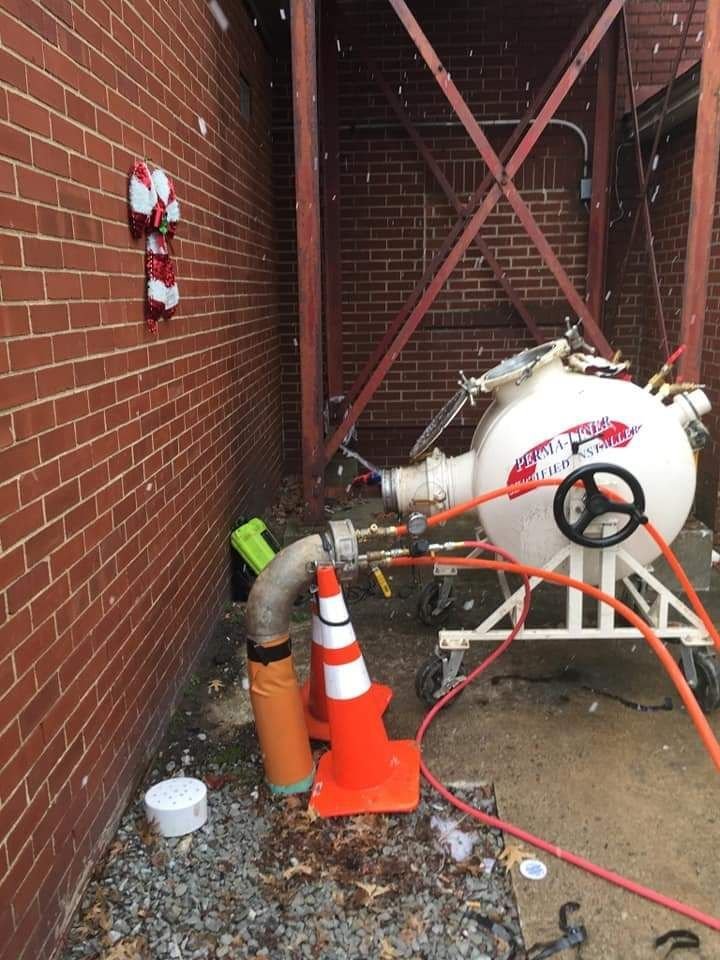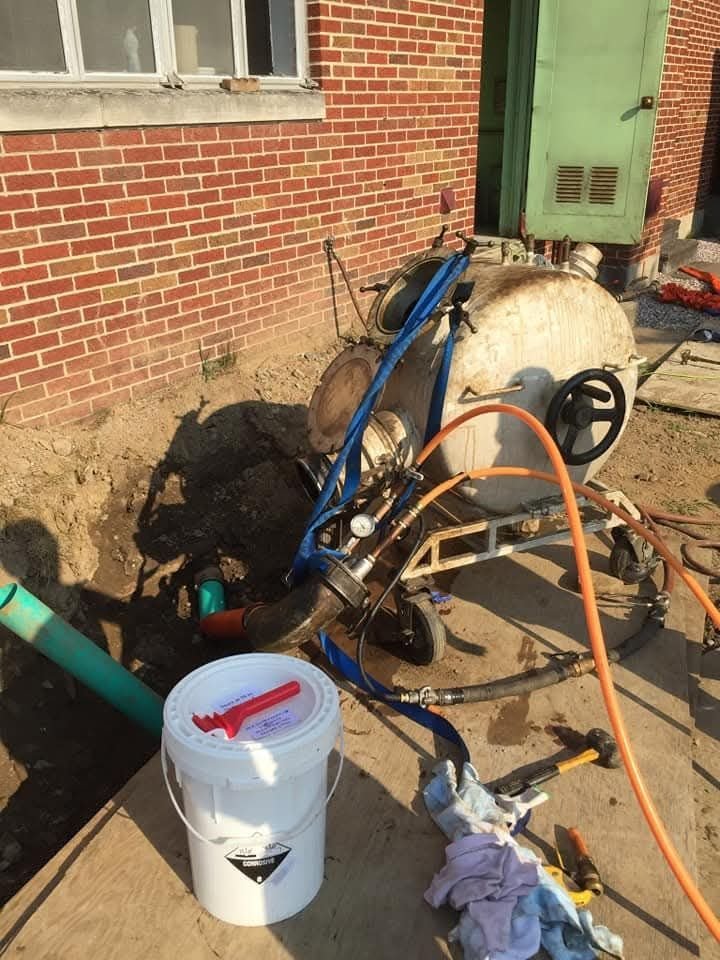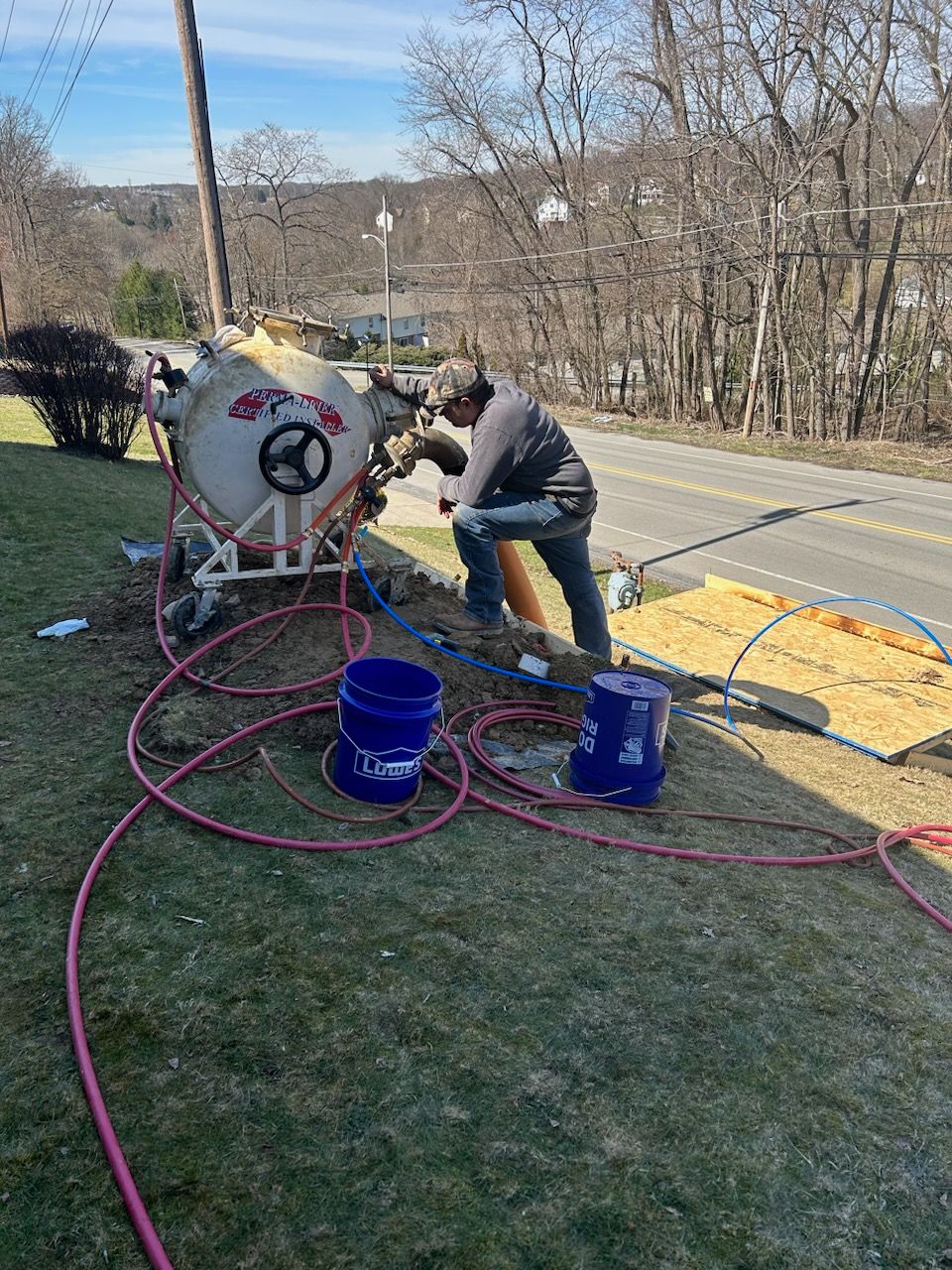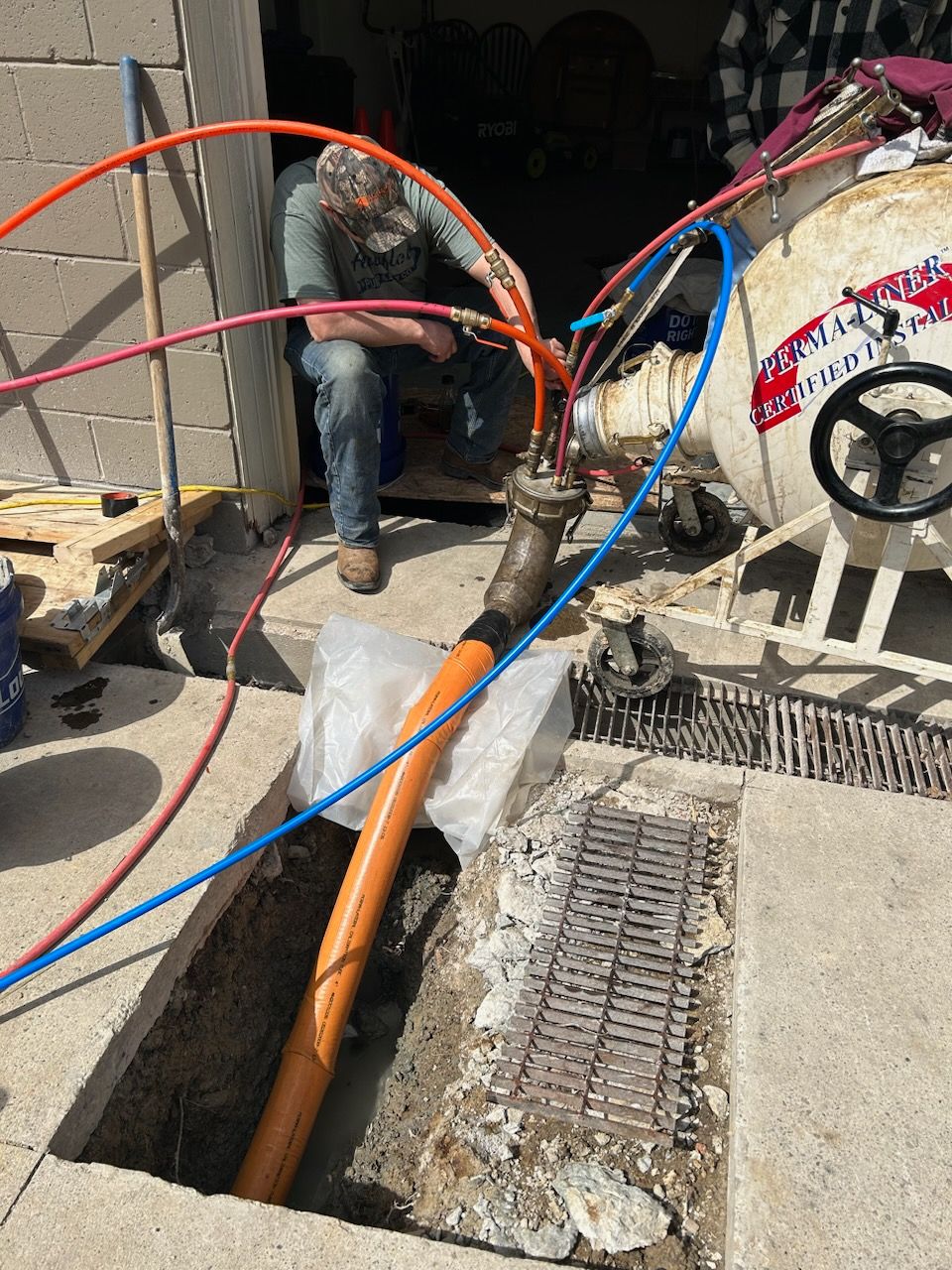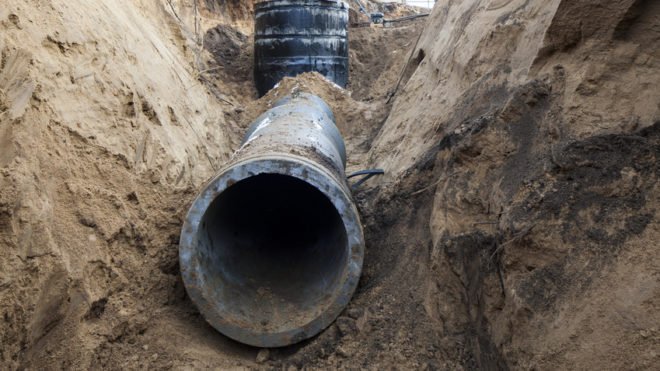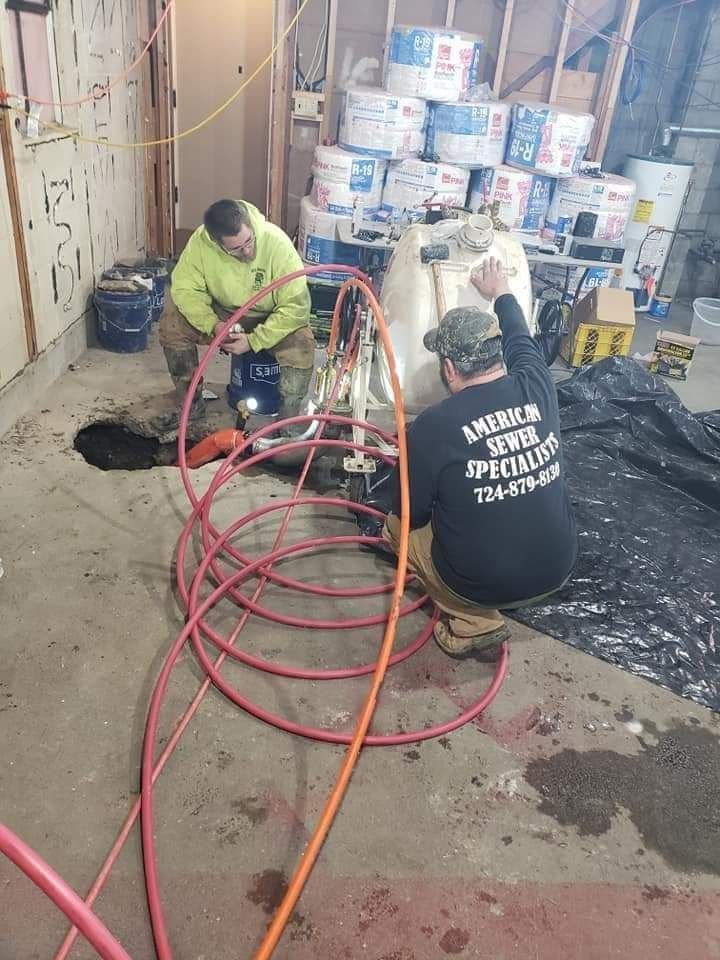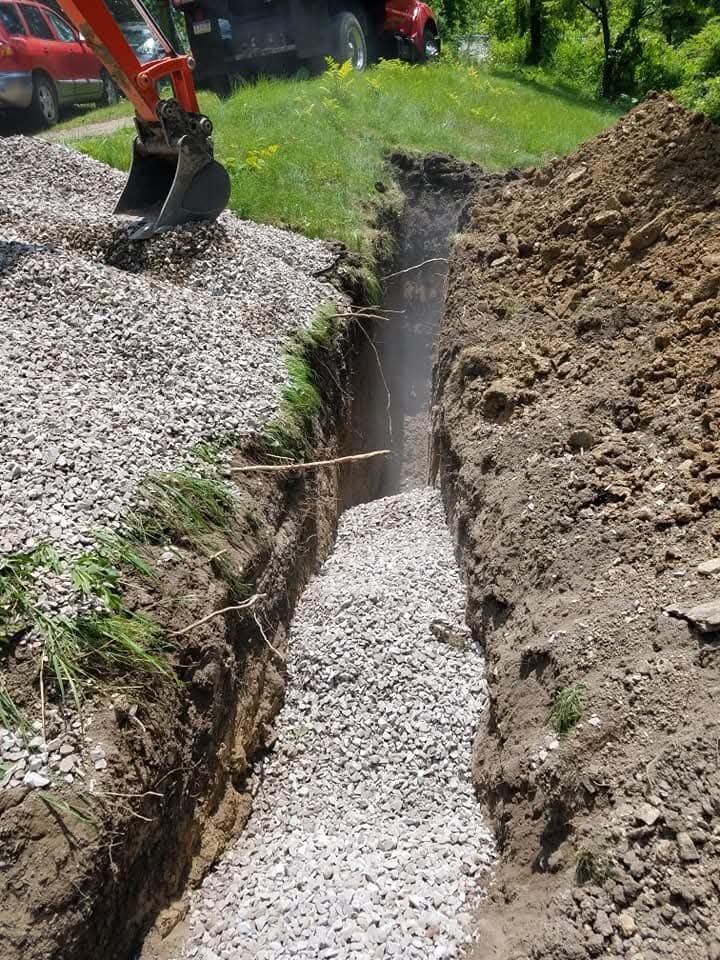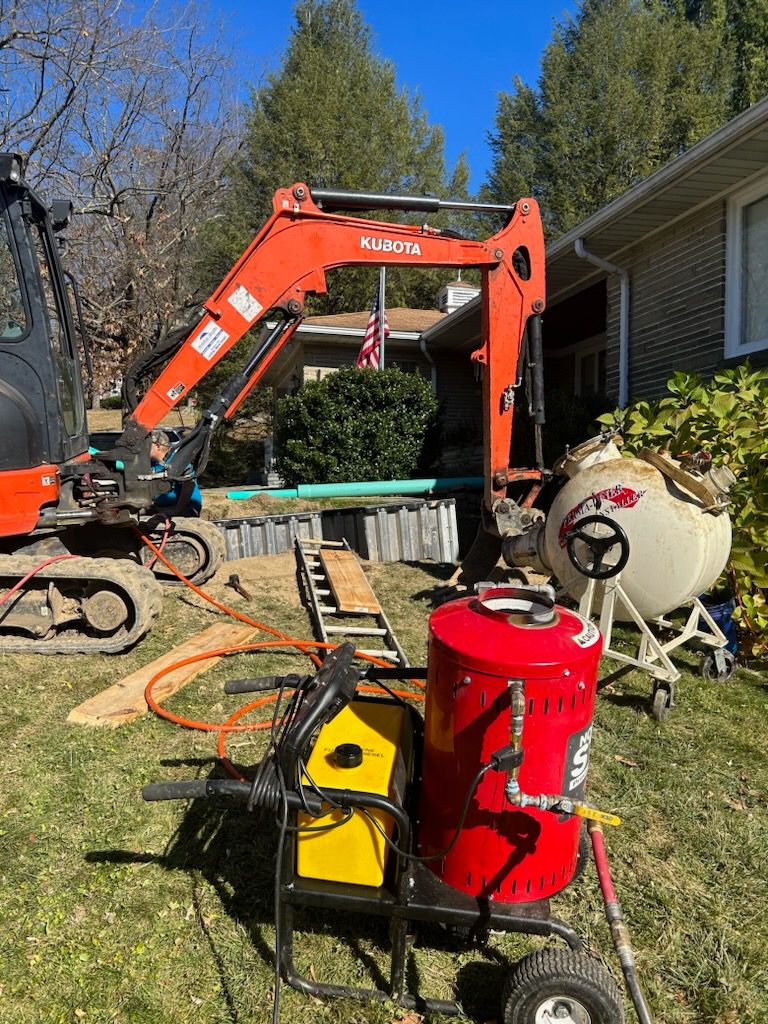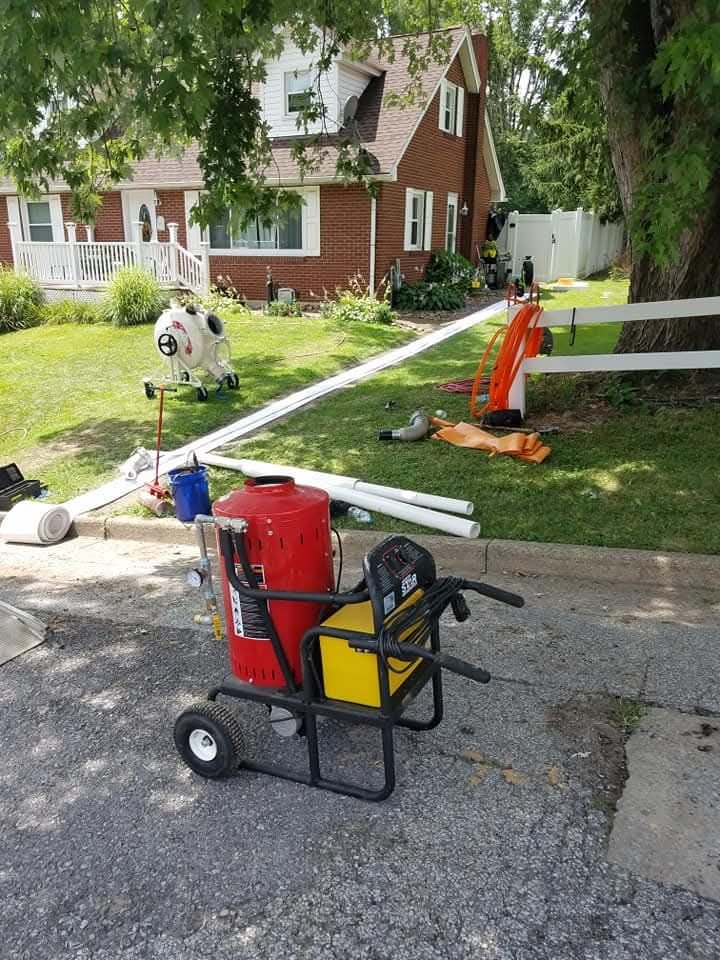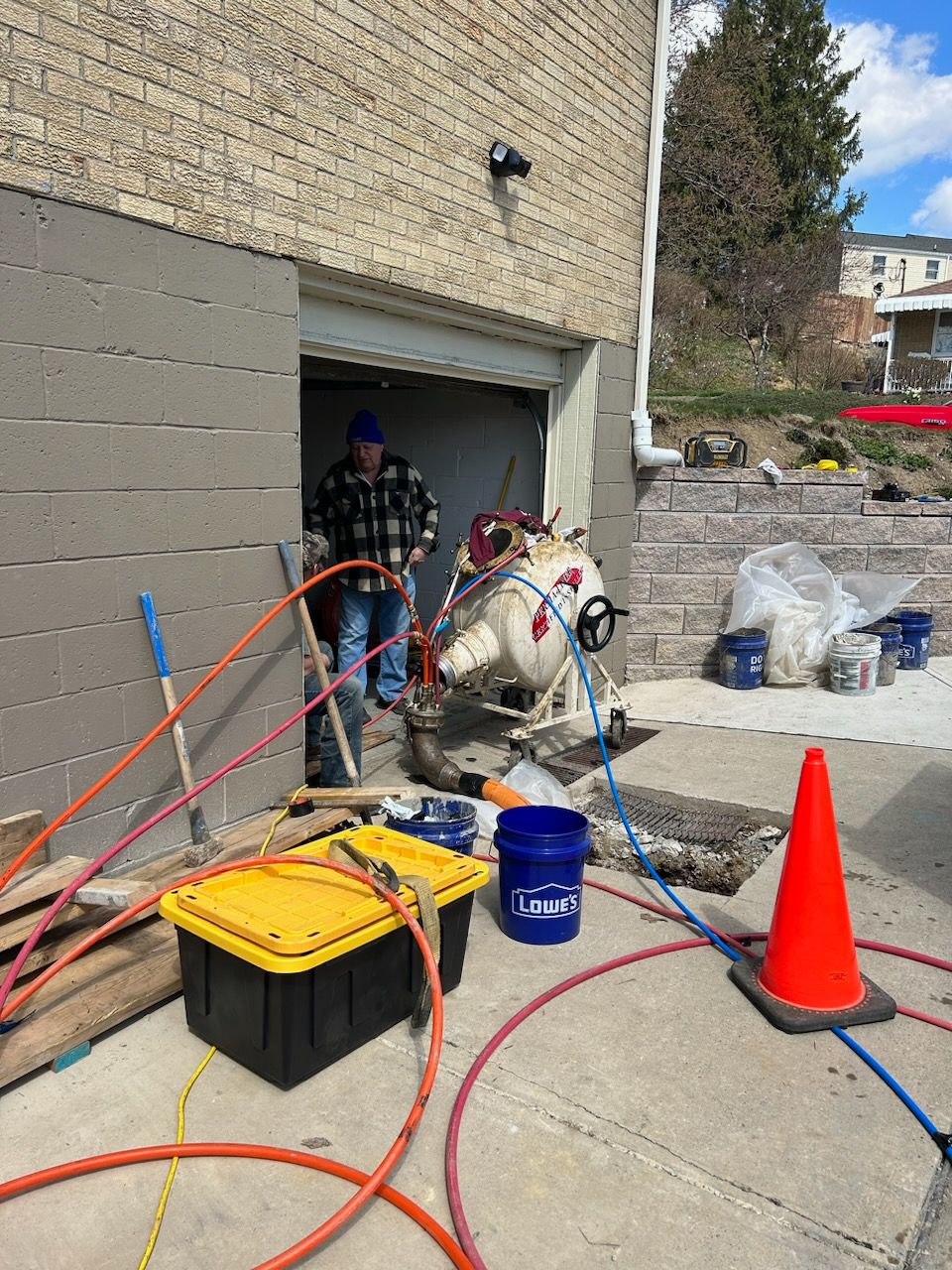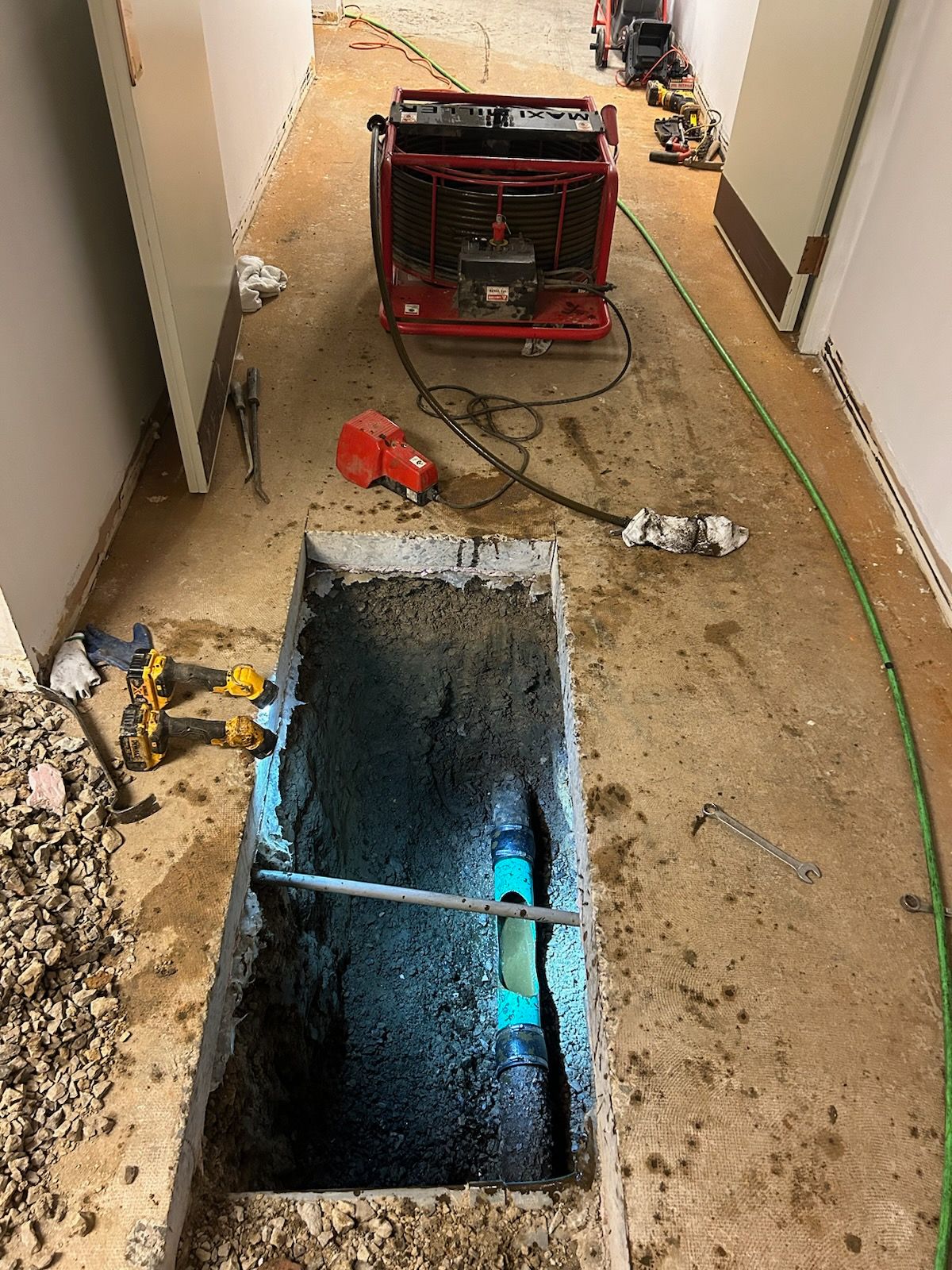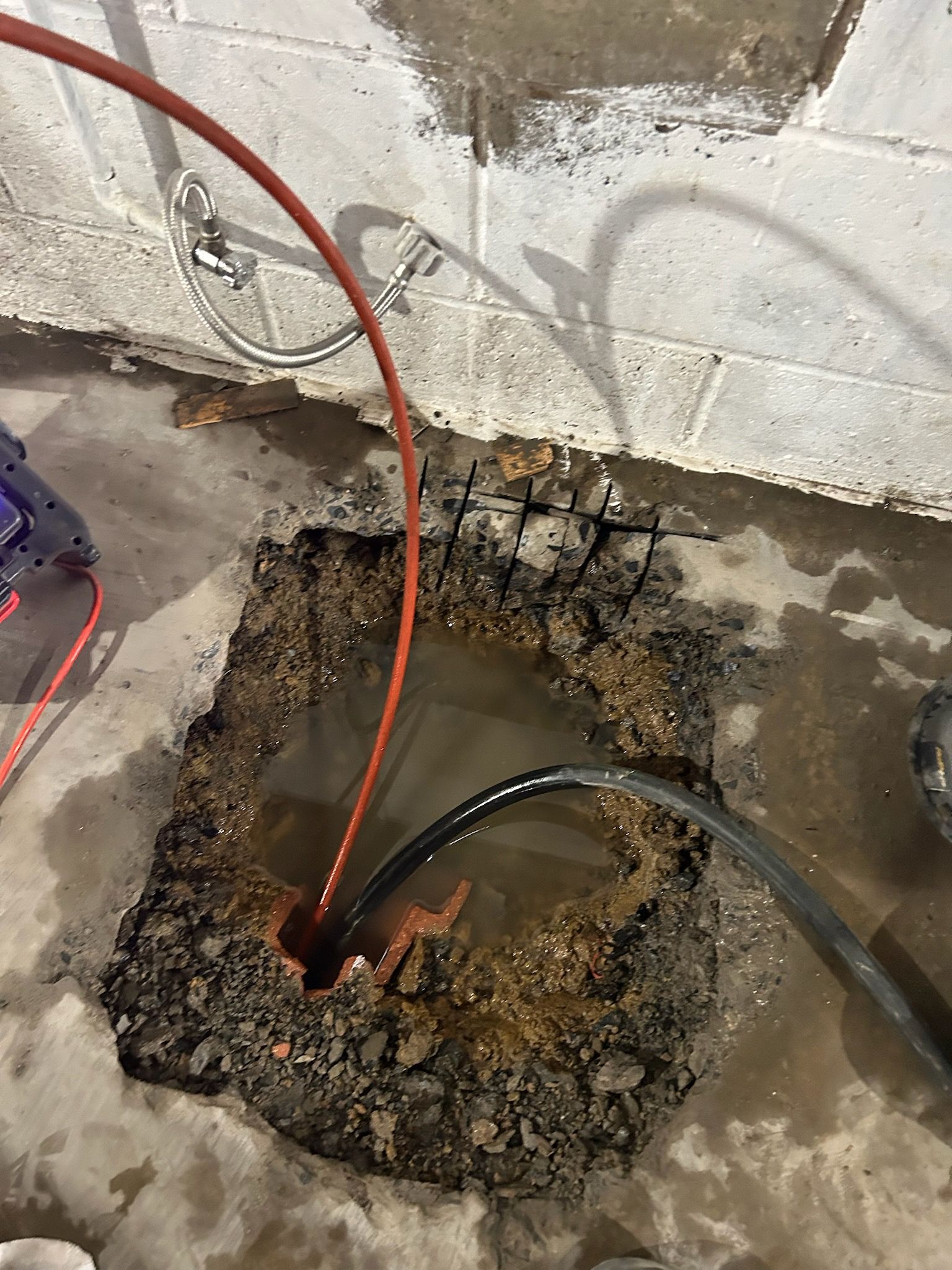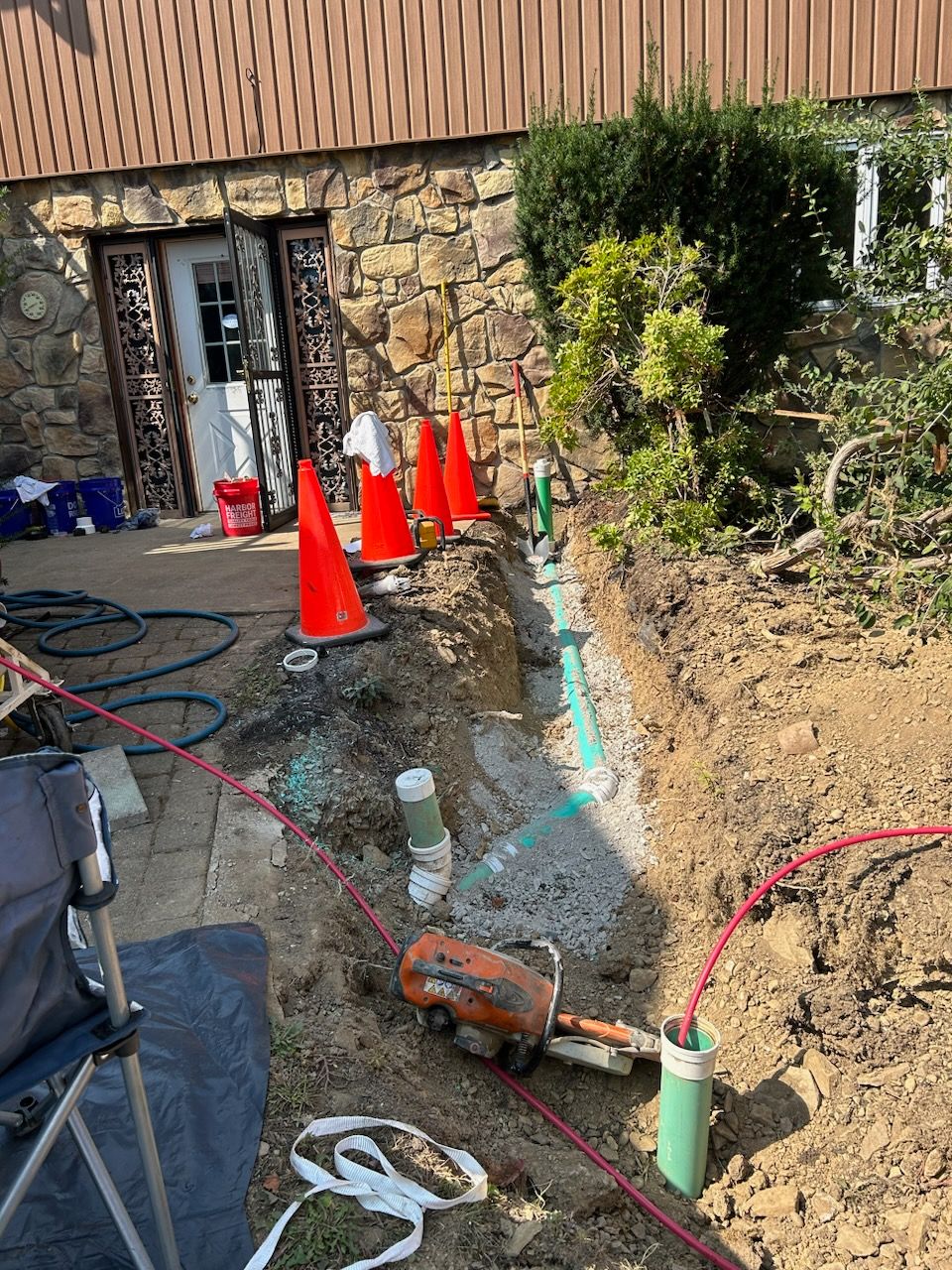We depend on plumbing — and we have certain expectations for what a good plumbing system is like. Plumbing has actually been standardized since 3,000 B.C. — this is when the Indus River Valley civilization first began using earthen plumbing pipes to transport water and drain waste. But we’ve come a long way since then, thankfully. Yet many of us nevertheless put up with subpar plumbing systems. In some cases, it’s impossible to fully update the system that your home already has. Some people may prefer to be on sewer lines, but have to work with having a septic tank due to their home’s location. However, you can make the system that your home has work for you, and work quite well. One of the parts of keeping your plumbing system at its best is maintenance. This goes for every type of plumbing system, but keeping a sewer line system up-to-date comes with certain requirements. Below, we’ll look into what you should do to keep your sewer lining maintained — and why you need to work with the right company when you do so.
What Is Hydrojetting?
If your home’s plumbing system is connected to sewage lines, you should get used to the concept of hydrojetting. Essentially, this is one of the ways that a professional sewer repair company can ensure that your plumbing system stays clear. Hydrojetting involves blasting the sewer pipe lining with high pressure jets of water, which clear out any clogs or blockages. A big sign that your pipes may need to undergo hydrojetting is if your plumbing system seems to be moving really slowly. This isn’t necessarily an easy process — oftentimes, a camera has to be used first to determine what exactly is causing the clog. It could be something that the hydrojetting can clear with ease — or there may have to be more work done. If tree roots invade the lines, for example, they may have to be cut away and then blasting with the hydrojets. Otherwise, there could be something in the pipes that have to be cleared in another manner. One of the great things about hydrojetting is that it essentially involves feeding a nozzle into the pipes — which means that it’s minimally invasive. Another advantage of using hydrojetting as opposed to harsh chemical cleansers is that the use of water doesn’t harm the environment. With that being said, it is important to keep in mind that this process should only be attempted by professionals.
What Is A Trenchless Sewer Line?
One option that should be kept in mind if you’re building a home with a sewer line — or for that matter are being faced with the possibility of replacing or updating your current system — is the trenchless sewer line. Pipe bursting and pipe lining technologies give homeowners the option of using the trenchless sewer line, and it can be a great alternative to the traditional sewer line. Essentially, a trenchless sewer line would handle the task of connecting your home to the main sewer line, without damaging your landscape. It’s less invasive, and will also save you money in that you won’t have to pay to repair your property — sometimes, installing a traditional sewer line can even damage your driveway. Though they can be initially more expensive than installing a traditional sewer line, the overall investment is worth it in most cases when weighed against the costs that come with installing and cleaning up following the installation of a traditional sewer line.
How Often Should I Have My Sewer Lines Inspected?
Having your sewer lines inspected and cleaned by professionals is just a part of the maintenance process that will make your system last longer. It can take a while for issues with a plumbing system to show up — but once they make themselves known, they’re hard to deal with! You should have your sewer line inspected at the minimum and ideally cleaned every 18 to 22 months — and leave it to the professionals.
Categories
Related Posts
